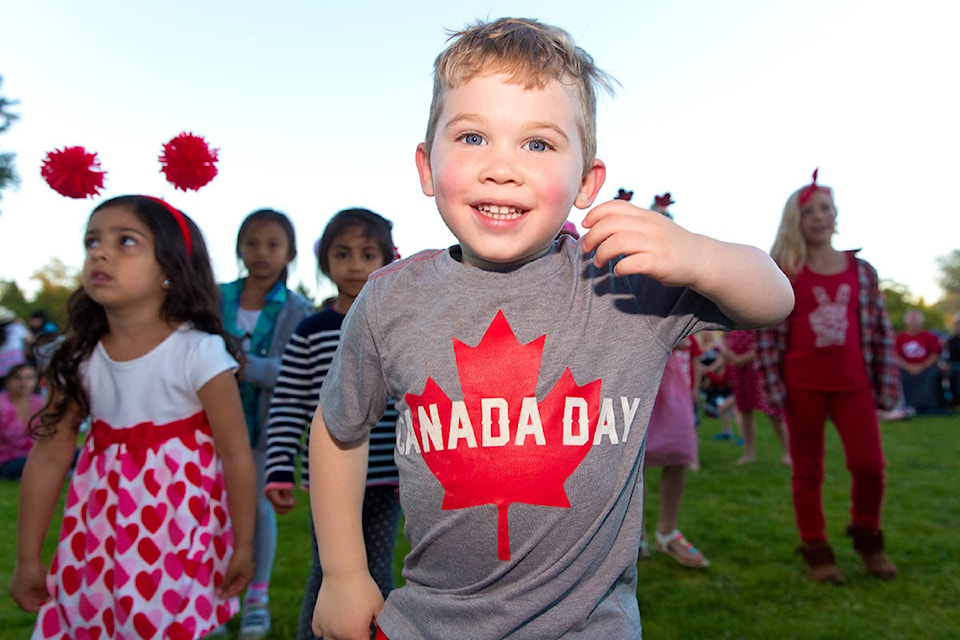By Frances Thomson
Although there have been people living in Canada for thousands of years, this is the sesquicentennial (or 150th anniversary) of confederation. I am old enough to remember the centennial celebrations of 1967 — especially that song “Ca-na-da, we love thee…” — and I visited Expo 67 in Montreal.
What makes Canadians Canadians? Actor, producer and writer Mike Myers attempts to answer that question in his book Canada, published in 2016. A proud Canadian, Myers writes in the introduction, “I only lived in Canada a mere 20 years. I have now lived outside of Canada for 33 years. My Canadian-ness affects every aspect of my being.”
The book is part memoir and part history, with illustrations on almost every page and laugh-out-loud humour. He explains, “In 1967, Canada turned 100. Canadians all across the country made Centennial projects. This book is my Centennial Project. I’m handing it in a little late … sorry. But it will be on time for the Canadian Sesquicentennial.”
Taking a serious stance on what it means to be Canadian is The Promise of Canada by historian Charlotte Gray. Subtitled 150 Years – People and Ideas that have Shaped our Country, Gray has chosen to highlight nine influential Canadians. Some are well known, such as Emily Carr, Margaret Atwood and Tommy Douglas; others such as Harold Innis and Samuel Benfield Steele are less so.
The Story of Canada, by Janet Lunn and Christopher Moore, was first published in 1992 and has been updated several times since then, most recently in 2016. It won several awards and is a CBC Children’s Panel recommendation. It tells the story of Canada in 12 chapters, beginning with the Ice Age, through recreations of daily life, rich narrative, folk tales and fascinating facts. Beautifully illustrated with original paintings by Alan Daniels, it also includes historical photographs, maps, paintings and documents. It is readable by older children on their own or can be read aloud to younger ones.
Derek Hayes’ Canada: An Illustrated History documents Canada’s history from the early days of explorations and settlement to the 2015 federal election, with stories of First Nations, fur traders, separatists, astronauts, inventors, and politicians. Hayes is a B.C. resident who trained as a geographer, then worked for a time with the City of Vancouver Planning Department. He is the author of the bestselling Historical Atlas series.
Trivia buffs might enjoy Canadian Geographic’s Biggest and Best of Canada: 1000 Facts & Figures, by Aaron Kylie. I happened to open it up at random to read that Benjamin Franklin was named joint deputy postmaster-general for the British colonies in 1753, and he opened the first post office in Canada in Halifax. There is a children’s edition called Canada for Kids: 1000 Awesome Facts, by the same author. Flipping through it, I learned that Winnipeg was the first city in North America to implement a central phone number for emergency services in 1959. At the time, it was 999; most of North America adopted 911 in 1975.
How well do you know Canada? Make it a sesquicentennial project to learn more!
Frances Thomson is the community librarian at the George Mackie Library. For more information about books and events at the library, visit fvrl.bc.ca.
